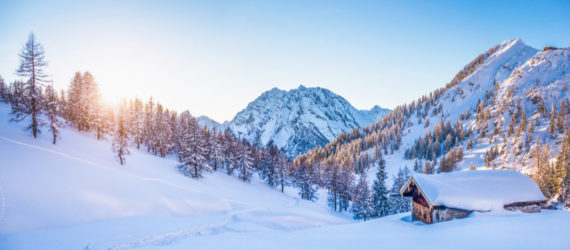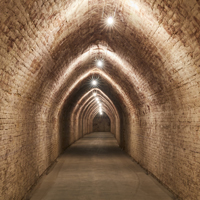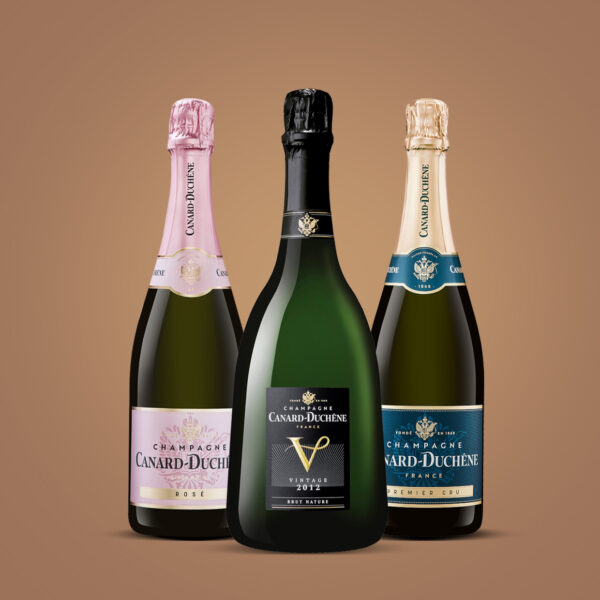The Mag
Who created champagne?

The most beautiful illustration of what champagne can be is written by John Green, author of the book “The Fault in Our Stars”. Indeed, the writer adds this sublime phrase from the mouth of Dom Pérignon, “Come quickly, I’m tasting the stars.” But do you know how sparkling champagne wine was born? Originally still wines, champagne wines have managed to mark their difference by cultivating the art of blending and fizzing coupled with the mastery of time to become the iconic wine that makes the whole world sparkle.
Definitely born
under a good star and on good soil
Originally Champagne wines were still (non-sparkling) wines produced in the Champagne vineyards. To optimise sales and maintain the enjoyment of their monasteries, the Benedictine monks began to improve the quality. But it was Dom Pérignon, in charge of a monastery in Reims, who would have the authorship. The story should be controlled, as bubbles form naturally under certain circumstances. What we owe to Brother Pierre Pérignon are, above all, new and qualitative cultural practices from which all the Champagne Maisons will benefit in the future. In addition to its intrinsic qualities, champagne has always been associated with wealth.
It was present when Clovis was crowned in Reims in 496 BC. It was used in all the sacraments of the kings of France, and it is undoubtedly this monarchic “cohabitation” that made it a wine with a prestigious image. It has never ceased to be invited to royal tables, until the decree of Louis XV in the 18th century authorising the transport of champagne – and only champagne – bottled in glass instead of wooden barrels. A small revolution because the wood tended to let the gas escape while the glass holds the fizz better and makes it more elegant. At that time, champagne was cultivated on 50,000 hectares.

Champagne
or the art of fizz
This famous fizz is embedded in our DNA. Moreover, before being called champagne wines, it was customary to call a sparkling wine a “saut-bouchon” [a cork popper], a name that perfectly sums up the power of opening the bottle, boosted by the presence of carbon dioxide. For a long time, men wanted to suppress this fizz induced by the transformation of sugar into alcohol and gas. The consumers did not want it, until it finally found its audience, especially the English monarchy, who fell in love with this beverage, which now has a strong connection with their festive spirit. Fizz is fashionable, everything sparkled at that time. From 1660-1690, the birth of champagne sparkling wines marked an upheaval for sparkling wines. For the first time, a sparkling wine was associated with a very specific soil and specific wine-making techniques have finally been developed to “tame” or rather sublimate the bubbles.
The grape variety has also developed a lot over time. Several estates also produced wines called “vins gris”, otherwise known as rosé. Their peculiarity was that they were made from grapes with black skins and white flesh to give life to white wine, which never fails to surprise observers. The fruit of a long process of cultivation, selection, harvesting and processing. Today champagne is mainly composed of Pinot Noir, Pinot Meunier (both black skinned and white fleshed grapes) and Chardonnay (white skin and white flesh).

Under the Empire,
the blossoming of the great Champagne Maisons
At the instigation of Napoleon, the champagne industry was structured around the great Maisons, which would contribute even more to its international expansion. The Canard-Duchêne Maison became part of this tradition by integrating the exclusive circle of sparkling wines served at the table of Tsar Nicholas II. At the dawn of the industrial revolution and with the development of international transport, champagne became the undisputed king of sparkling wines throughout the world, and even the symbol of the art of living “French-style”. It is also associated with major key events such as, major world exhibitions in 1789 and 1900 in Brussels and Paris.
It became somewhat less powerful during the war 1914-18, in addition to undergoing a phylloxera attack, but it came back into force as soon as the crisis came to an end and it has yet to disappear again. Being the adventure wine that it is, it was present during the inaugural flights of the Concorde or at the junction of the Channel Tunnel. Writers are also enthusiastic about this sparkling beverage, from Hemingway who liked it as a cocktail with absinthe, as well as François Sagan who dotted his novels with it, up to the very contemporary Amélie Nothomb who does not hide her attraction for beautiful cuvées.
Today it is cultivated over 33,000 hectares. It is named according to a geographical area in which the grapes must be grown and the wine produced. Outside of this area, the wine cannot be called champagne. It takes about 1.2 kilos of grapes to make a bottle of champagne. After being created, the champagne wine has never ceased to be worshipped in the four corners of the world, accompanying the greatest celebrations as well as the more confidential moments. An exceptional success of a rare longevity and which remains the absolute reference of french elegance.
These articles may be of interest to you

Lifestyle
Winter is here? Champagne!
Oh yes! Winter is here, it’s really here. This season is like no other, switching from one temperature to another in a single…

Advices
Raclette and Champagne, a revisited duo !
Some people like to claim that their favourite part of the winter holidays is dinner time, when they sit down to comfort food…




